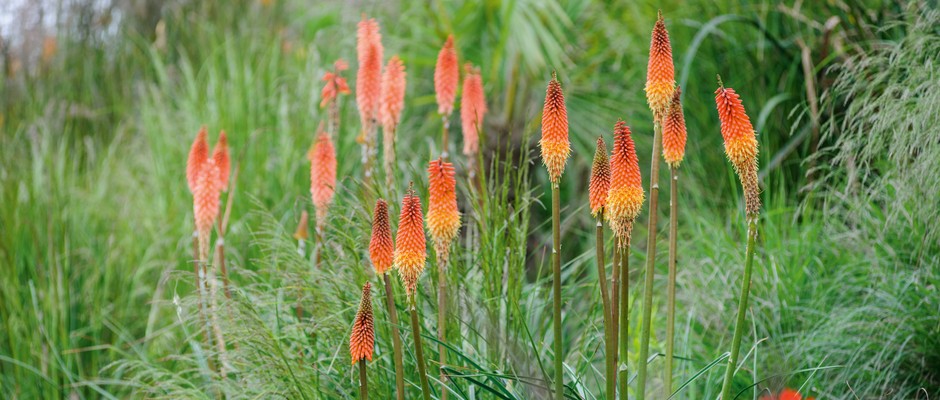
Coastal plants: plants for a seaside garden
Coastal gardens provide a unique set of conditions for growing, here we recommend some of the best plants to help you make the most of your space
Gardens by the coast come with a unique set of challenges. Often battered by heavy winds filled with salt spray and located on poor soils, they can seem inhospitable places at first glance. However, with a unique set of conditions there also comes the opportunity to use a planting style that is unlike any other. There are plenty of plants that grow happily in these sea-soaked, blustery locations, and some that thrive in them.
When setting out a coastal garden, planning is important. Plant the wrong thing and it could end up dead pretty quickly, wasting your money and your time. Here, we’ve rounded up some of the best coastal plants that will flourish in your seaside garden.
Here's a beautiful garden right on the coast.
The best coastal plants
Coastal trees
Trees growing by the coast need to be wind tolerant and able to put down deep roots that will anchor them into the soil and allow them to reach water in times of drought. Fortunately, there are plenty that fit the bill.
Here's more on how to plant a tree.
Scots Pine
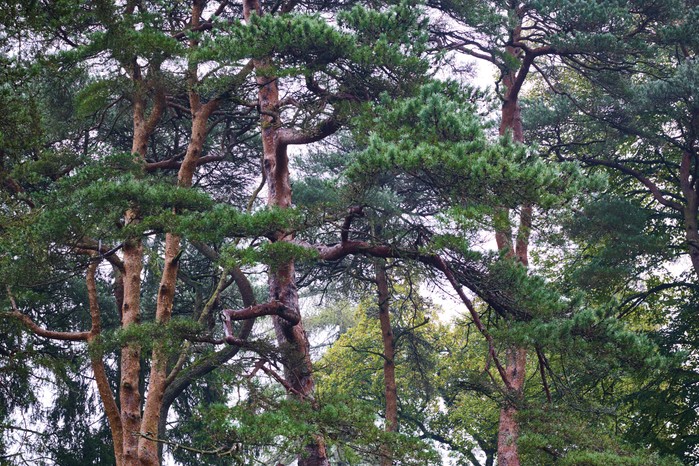
Pinus sylvestris, or Scots Pine, is one of the most common trees seen growing near the coast. Pines are well suited to dry and windy locations as their needle shaped leaves are well adapted to prevent water loss and withstand strong gusts. To add to this, Scots Pine will grow in infertile soils and send its roots deep into the ground for anchorage and to obtain enough water.
Hawthorn
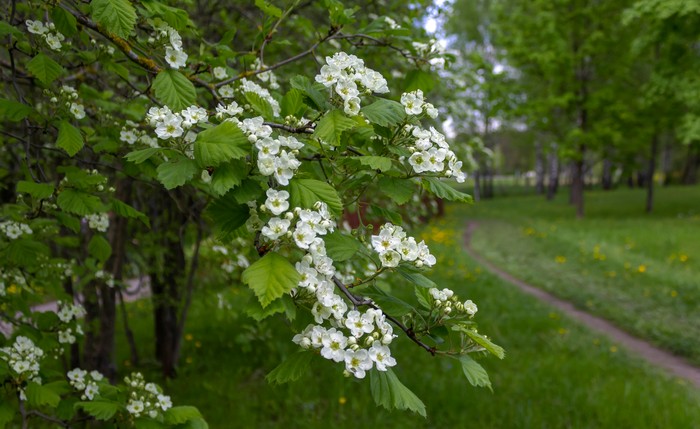
Hawthorn is a great coastal plant as it is salt tolerant and can be used as part of a windbreak hedge. Crataegus monogyna (Hawthorn) is also really attractive to wildlife, offering nesting sites, flowers for pollinators and fruit for birds.
Hornbeam
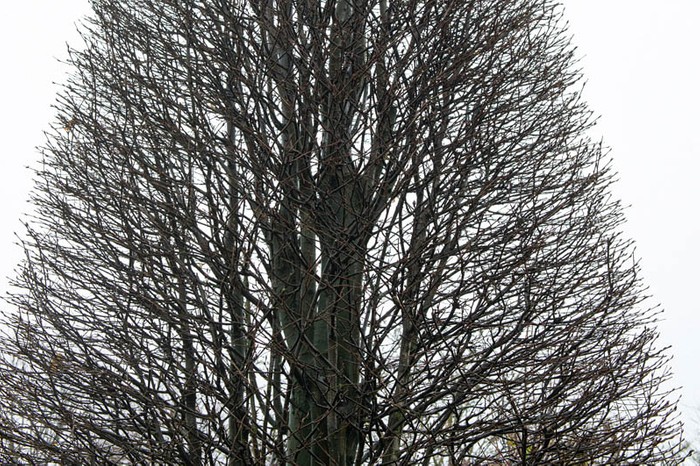
Carpinus betulus, or hornbeam is an incredibly hardy plant, making it great for coastal gardens. Although deciduous, hornbeam often keep their leaves through the winter making them a great haven for wildlife. This also makes them useful in protecting the garden against coastal winds, and Carpinus betulus can be allowed to grow into a tree or used as hedging in coastal areas.
Juniper
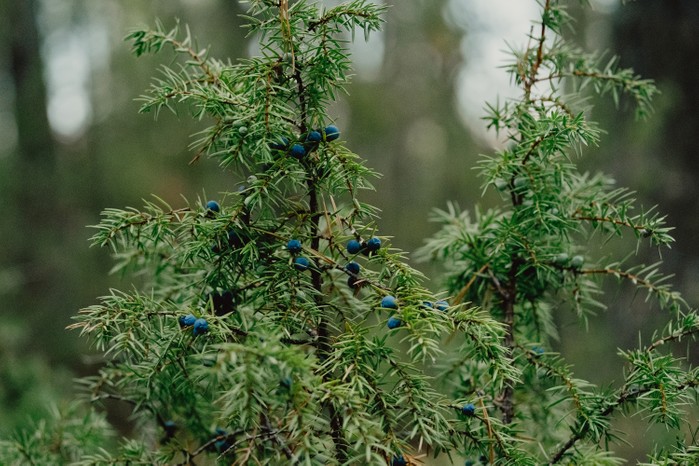
Juniperus scopulorum, or Rocky Mountain juniper, is a great choice for a coastal garden. These pyramid-shaped conifers are evergreen with greeny-blue foliage. They are drought tolerant, happy in exposed locations and bare attractive fruits in autumn and winter.
Other trees that are suitable for coastal gardens include other pine species, some acers and holly.
Coastal shrubs
Shrubs growing by the coast are often compact and have small leaves to minimise water loss. They need to be able to withstand extreme weather conditions, so always look out for hardy plants.
Barberry
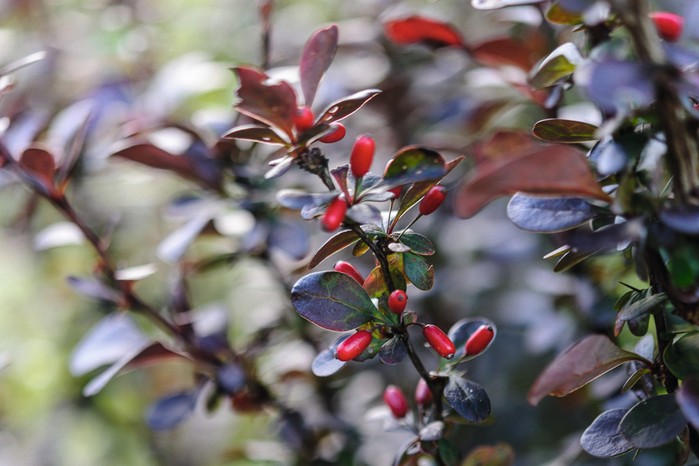
Berberis, also known as Barberry, are versatile and hardy shrubs that make an excellent addition to a coastal garden. Varieties range from evergreen to deciduous and provide a great mix of foliage colours, autumn interest and wildlife support.
Blackthorn
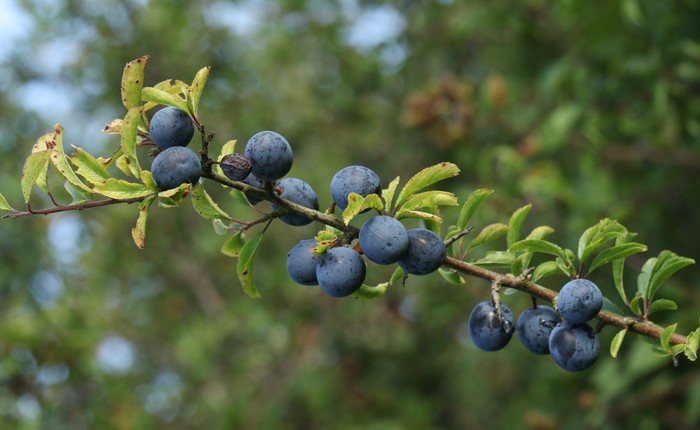
We may know blackthorn best for the fruits they produce in autumn - sloes, often used for making sloe gin. Prunus spinosa are hardy plants capable of growing in a range of soils and locations. They are deciduous and have large thorns and produce masses of white blossom in early spring. They’re great as an addition to a coastal garden as they provide a long season of interest, are great for wildlife and add value to the edible garden.
Sea buckthorn
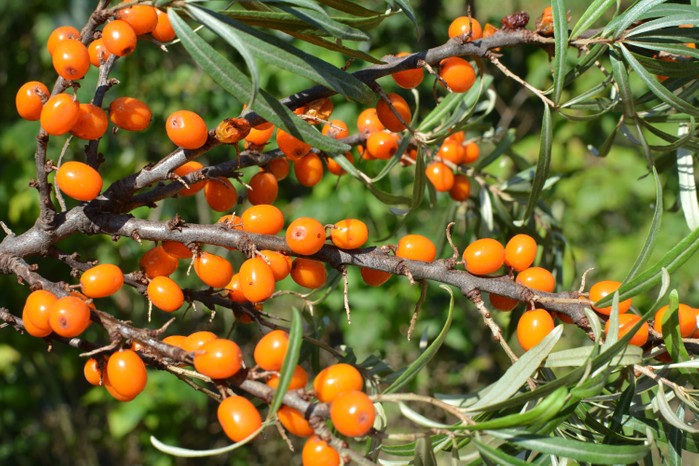
Hippophae rhamnoides, or sea buckthorn, is native to sand dunes, making it perfect for coastal gardens. They form dense thickets and are most decorative in autumn when they’re covered in orange berries. The berries are great food for birds, like thrushes, and can also be made into jellies and syrups.
Elder
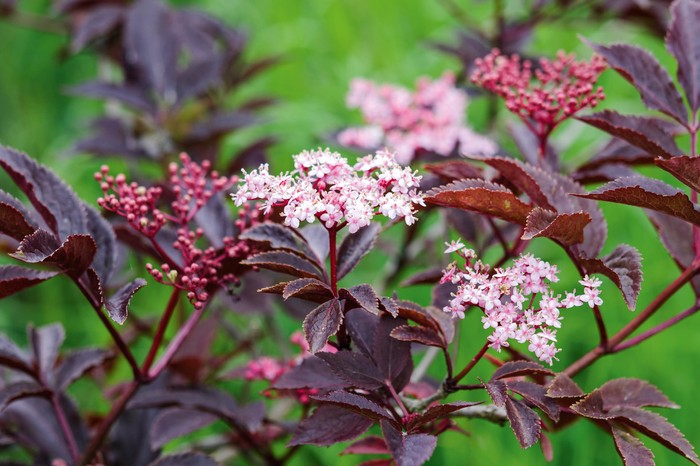
Many of us will know Sambucus nigra because of the beautifully scented umbels of white flowers that we use to make elderflower cordial in early summer. They are hardy shrubs and a great addition to a coastal garden as they are happy in a range of soil conditions and can cope with exposure.
Other shrubs that are suitable for a coastal garden include Euonymus, Olearia, Pyracantha and lavender.
Perennials for a coastal garden
There are a lot of perennial plants that grow wild in coastal locations. Many of these are available for garden planting, as well as plants that have been bred to maintain these hardy characteristics.
Sea holly
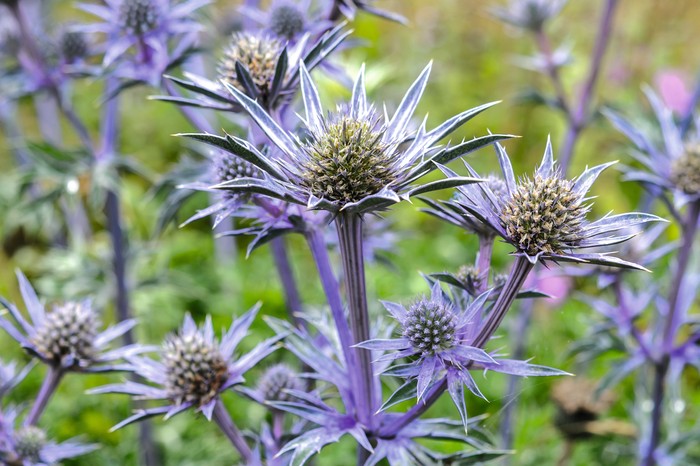
Eryngium, also known as sea holly, grow well in coastal areas, as their name suggests. Their thistle-like appearance is the result of tiny flowers clustered close together. There are over 250 species with plenty that are suitable for seaside gardens.
Don't miss our plant profile on eryngium.
Agapanthus

Agapanthus form large clumps and their tall stems of large drumstick shaped flowers add impact and colour. They are tolerant of coastal conditions and are perfect for planting in pots. They are also well suited to planting with grasses.
Here's the best agapanthus to grow.
Crocosmia
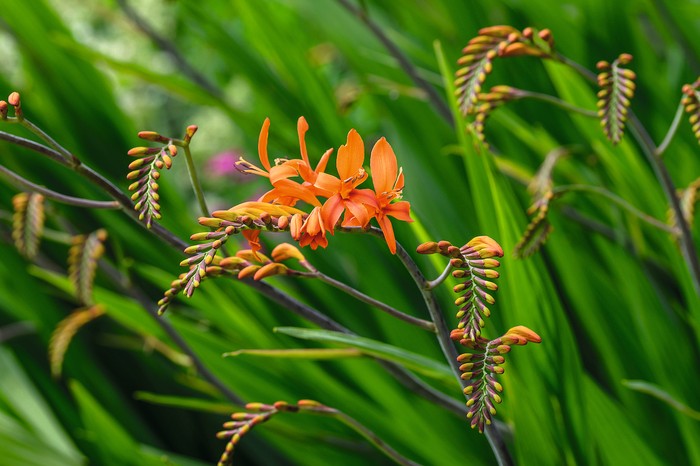
Crocosmia are another clump forming plant that are perfect for coastal gardens. They will spread far, so are perhaps better suited to larger spaces and not for areas that adjoin open countryside as they can become invasive. The fiery flowers appear in late summer and early autumn.
Red hot pokers
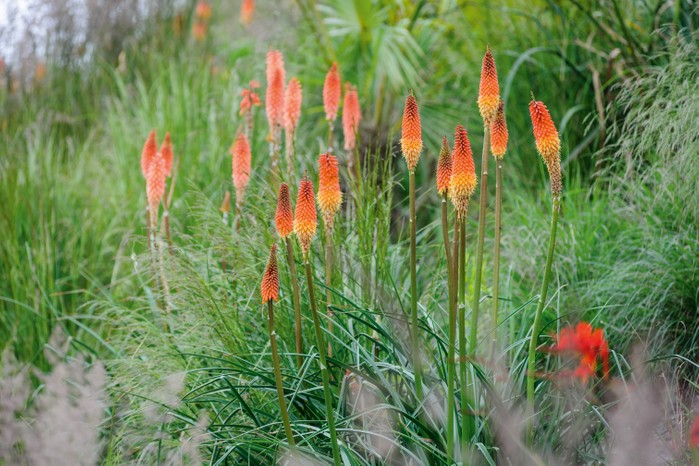
Kniphofia, or red hot pokers, produce long-lived flowers on tall stems, The plants prefer a sunny spot and well-drained soil, making them great plants for a coastal garden.
Other perennials that are suitable for a coastal garden include Achillea, Erigeron, hollyhocks and Dianthus.
Other elements of a coastal garden
There are plenty of ways to bring interest to a coastal garden. One of these is by creating rockeries. The low-lying alpine plants and rock garden plants are well suited to the poorer soils, so work well in seaside locations. Another key element of a coastal garden is windbreaks. By using windbreak plants, you can expand the range of plants you grow within your garden as they will be more protected from some of the heavier weather. Finally, it is important to mulch beds in a coastal garden. The wind and sea salt in the air will dry plants out quickly, by mulching you can ensure that the soil retains a bit more moisture.
Authors

Molly is the Gardens Illustrated's editorial and digital assistant. She has a roof garden and has her RHS level 2.

Niwaki bundle worth £57 when you subscribe
Subscribe to Gardens Illustrated magazine and claim your Niwaki bundle worth £57
*UK only

Container Gardening Special Edition
The Gardens Illustrated Guide to Container Gardening.
In this special edition, discover colourful flower combinations and seasonal planting schemes for pots designed by leading plantspeople, and essential know-how for container gardening success. Just £9.99 inc UK p&pBy entering your details, you are agreeing to our terms and conditions and privacy policy. You can unsubscribe at any time.
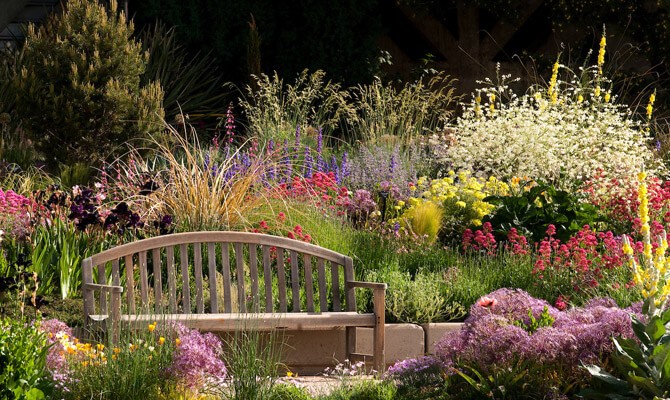
Gardens of the Globe
From botanical wonders in Australia to tranquil havens closer to home in Ireland, let this guide help you to discover some of the most glorious gardens around the world
By entering your details, you are agreeing to our terms and conditions and privacy policy. You can unsubscribe at any time.




